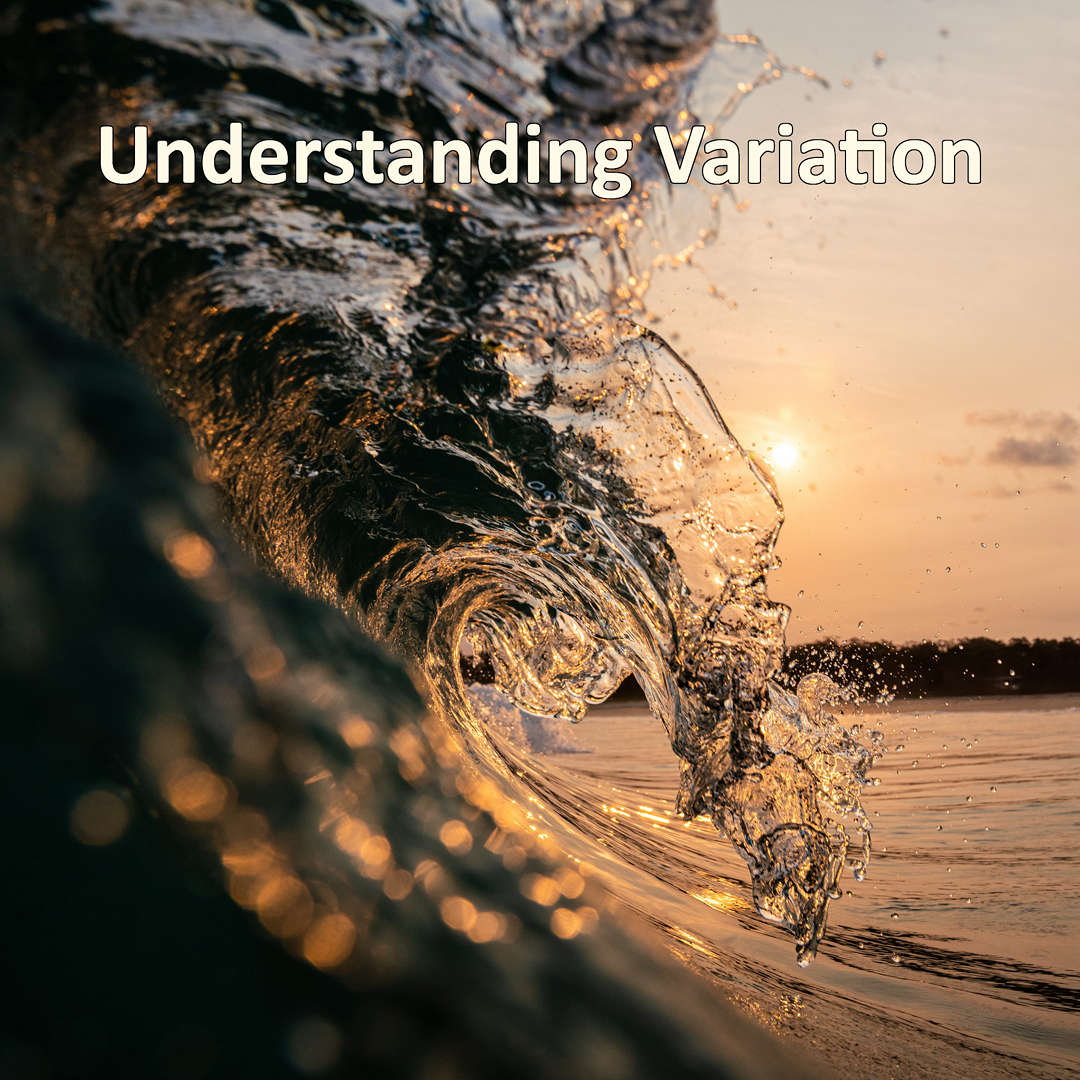
Understanding Variation - Tampering (Part 1)
If you have "Six Sigma" after your name, you do not understand variation. After all, the creator of Six Sigma didn't teach it. He didn't even mention Process Behavior Charts in his hundreds of pages of writing. Instead, he spent pages explaining how to use "smoke and mirrors". "Smoke and mirrors" might help you fool your boss but it won't help your company.
If you are calculating OEE, you have a poor understanding of variation. If you are calculating dpmo or "sigma levels" you are lost in the wilderness.
Good Quality DEMANDS an understanding of variation. Lowest costs are a product of good quality.
SPONGE CAKES
Mr Bill Smith had a moulding process wherein he claimed his plastic parts shrank "15%". It sounds more sponge cakes than plastic but he fiddled with his process to try to improve it. This fiddling is known as "tampering". It made things worse. He experienced variation in the mean "as much as +/-1.5 sigma off target".
Mr Smith did not understand variation. He did not understand the impact of tampering.
WE ALL DO IT
You have to pick up your daughter after school to take her to ballet. You also have to get your son to soccer. Time is of the essence. Park in the "no stopping" zone for too long and you might get pinched by the man in blue. However, you don't want your daughter waiting in the street with shady characters walking by. Yesterday you were late because of traffic. You decide to leave 4 minutes earlier today. You are tampering.
PETROCHEM
Walk into the control room of a petrochem plant and you will see 10% of control loops on "manual". Operators are always making best efforts to improve. Each shift has their own techniques of tweaking. They are tampering.
CASTOR
The castor in the axle of a car's front wheels makes it drive in a straight line, (provided of course you've had your wheel alignment checked). Have you noticed how inexperienced drivers continually move the steering wheel back and forth? The effect is much worse on long gradual bends. Inexperience leads to tampering.
GLOBAL
The Earth has been cooling for the past 10,000 years, through the Holocene Warm Period, Roman Warm Period, and Medieval Warm Period. In 1975 National Academy of Sciences concluded a "serious worldwide cooling could befall the earth". Now the claim is the opposite. $3Tpa is being spent trying to "do something". This is tampering.
CONCLUSION
Tampering is a failure to understand variation. Tampering is usually done with the best intentions. Tampering tries to improve quality but it makes things worse.
Can you think of other examples of tampering?
Do you know the difference between process tampering and process improvement?
Do you know how can you ensure you are improving your processes and not tampering?
How do you learn the difference?
 by Dr Tony Burns BE (Hon 1) PhD (Chem Eng)
by Dr Tony Burns BE (Hon 1) PhD (Chem Eng)
Resources


 by Dr Tony Burns BE (Hon 1) PhD (Chem Eng)
by Dr Tony Burns BE (Hon 1) PhD (Chem Eng)